Category: Film
-
“It’s just Violence” Why I Think Sex Actually is Worse than Violence in Movies
When members of a certain stripe are discussing whether a movie is appropriate despite its R-rating it’s common to say “it’s just violence” (or another one: “there are a handful of F-bombs”). It’s also routine for members of a different stripe to bemoan the fact that sex is considered the be-all for appropriateness in movies…
-
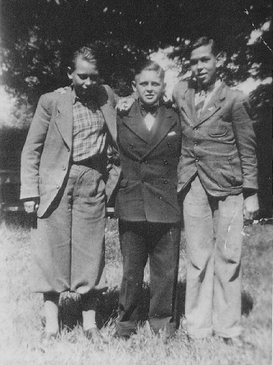
“Truth and Treason” and Today
[WARNING: the following includes some things that maybe considered spoilers by those who haven’t seen the film.] I’m not sure how well it is known, but the film “Truth and Treason”, currently in theaters, tells the story of a young LDS man in Hamburg, Germany in 1942. Helmuth Hübener’s story has been told before, perhaps…
-

What Does Hollywood Think About Latter-day Saints?
How we’re perceived in popular culture is one of those questions that usually devolve into anecdote slinging, with all the biases inherent in what we remember or are in a position to experience. Recently I ran across a “corpus,” or a dataset, of scripts in movies. Specifically, the Baskin Lab at UC Santa Cruz keeps…
-
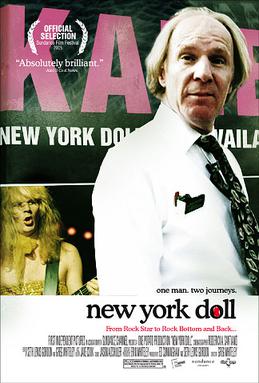
What’s the Best Work in “Mormon Cinema”? The Rotten Tomatoes Verdict
For the most part the Rotten Tomatoes score for a movie is a reasonably good heuristic for quality. In terms of my own tastes, if it scores really high on both critic and user rating it’s typically a solid film. There are of some biases of course. IMHO movies in the older canon have inflated…
-
AI Church Movies
As evidenced by the flood of AI movies hitting Twitter over the past couple of weeks, Google’s Veo 3 recently made another leap with AI video generation, adding sound and better consistency. It still has its issues (as can be seen below), but in the hands of a skilled prompter with some credits to burn…
-
AI and the Gospel: Cinema, Changing Minds, and Deep Research
Cinema Some AI generated, Church-related movies I created with Google’s new Vemo 2. David W. Patten’s fun, 2nd-hand, late account of being visited by Cain Joseph Smith writing D&C 121 in Liberty Jail Moroni burying the plates While AI has been able to do very short movie clips for some time now, I’ve waited for…
-

The Cinematic Sexualization and Romanticization of Missionaries
Joseph Gordon-Levitt in one of the bajillion media depictions of gay missionaries No, I have not seen the movie Heretic yet. Based on what I have read, however, [spoiler alert] apparently it begins with a sexually explicit discussion between sister missionaries, and there are possibly sexual overtones near the end when one of the sister…
-

Sabbath Day Media and Touched by An Angel
I have fond memories of Sunday evenings spent watching Voyager and Deep Space Nine with the family growing up. My wife’s home was more restrictive in regards to Sabbath day media, but that paradigm has been adopted by our own home as I’m gradually realizing the benefits of being more intentional and explicitly devotional for…
-
The Gospel Plan of Happiness Explained in Movie Quotes
If we listen carefully, and squint hard enough, we can find the gospel plan hidden throughout Hollywood. There, on the big screen, we can find nuggets of truth, or at least, poetic lines to illustrate the plan of happiness. Consider:
-

What Would a Mormon Tarantino Be Like? AI and Mormon Fiction and Cinema
Library in the Eternities Note: I fully support President Nelson’s shift towards using the formal, Christ-centered name of the Church when discussing members of the Church and the institution. However, for specific references to artistic, culture-specific things I think “Mormon” is appropriate and is keeping in the spirit of the new direction. I hope nobody faults…
-
The Princess Bride (As You Wish)
The Princess Bride’s relationship to the scriptures. Bear with me here. This is not one of those “William Goldman [the author of the book and screenwriter for the movie] was LDS” things (like “Yoda is President Kimball” or whatever from other franchises). When I first read the book (which came before the movie), it shocked…
-
(Almost) Everyone Gets Battlestar Galactica Wrong….
The most cited article I’ve ever written was also my first professional publication: “Why Your Mormon Neighbor Knows More About This Shows Than You Do” in Battlestar Galactica and Philosophy from Open Court Press (not to be confused with the Battlestar Galactica and Philosophy from Blackwell Press). One reason I wrote that article was that…
-
R-Rated Sound of Musics, or R-Rated Films for Latter-day Saints
There was a deacon in my childhood ward that badly wanted to be a soldier when he grew up; he went all out with the camouflage, shooting, and playing “steal the flag” in the woods with glowsticks (a piece of rural Mormon culture that I hope does not die with the decline of Latter-day Saint…
-
Under the Banner of Heaven: Review of First Two Episodes
I suspect a fear among some conservative Latter-day Saints is that a blockbuster, widely viewed movie will come around that presses on uncomfortable pressure points in a sophisticated way, and the 1-3 things that people know about the Church offhand will include whatever seeped into the public consciousness because of said blockbuster film. Similarly, a…
-
My Top Religious Themed Movies, Ranked
A well done religious-themed movie can be a powerful spiritual experience. Unfortunately, the movie industry generally either shies away from religious themes (unless to deride them), or they fit in the Christian cinema niche that produces simple starches for the masses. It is hard to find a religious-themed movie that is authentically spiritually touching and…
-
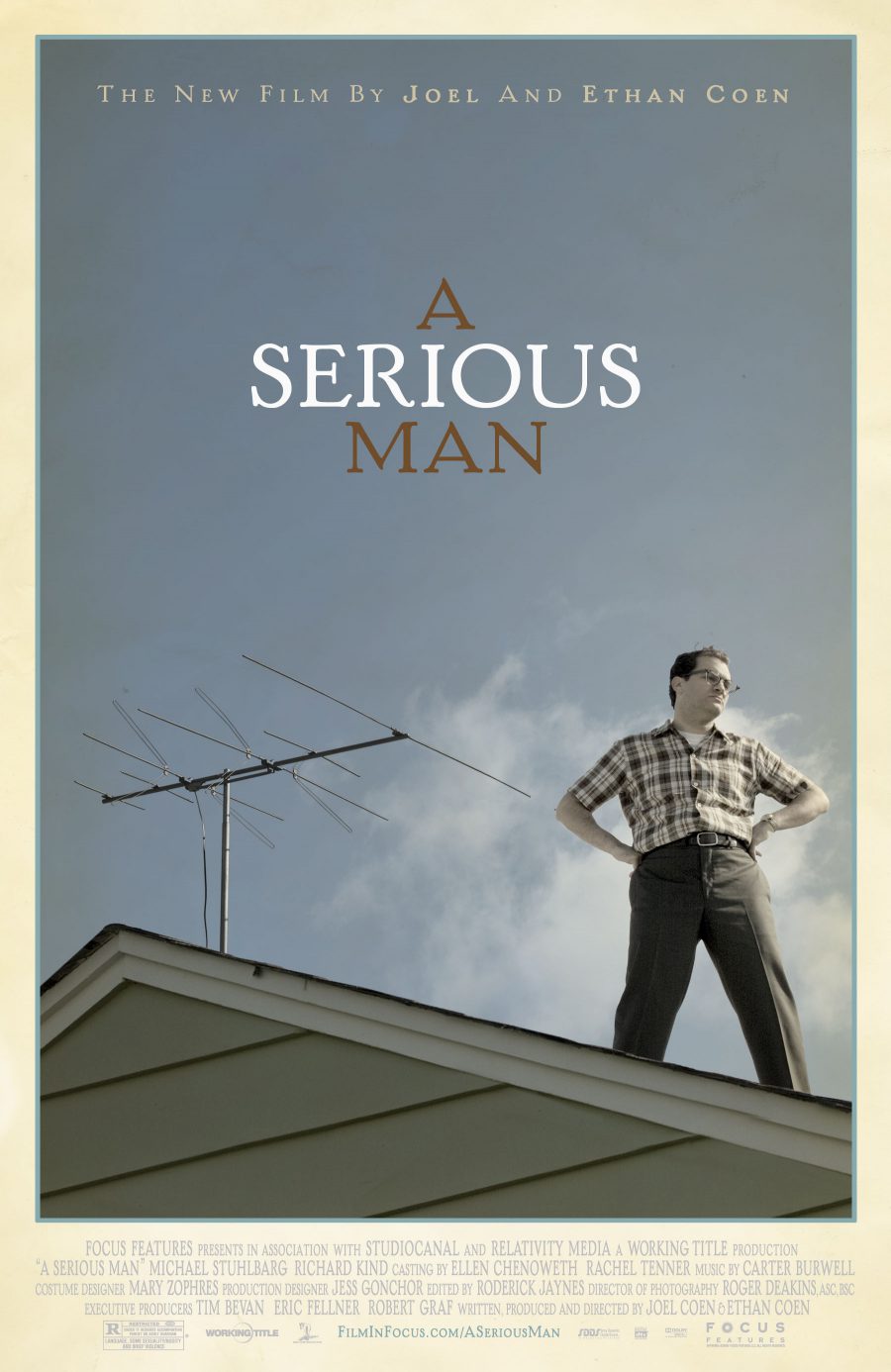
Trials, Tribulations, and a Movie: An LDS-themed Discussion of the Coen Brothers’ A SERIOUS MAN
A well-known axiom in both life and storytelling states that the matters we find most personal are also the most universal. Whether it’s film, literature, or some other medium, stories with the most specific and distinctive settings and points of view are usually those an audience will find most relatable. In the words of Robert…
-
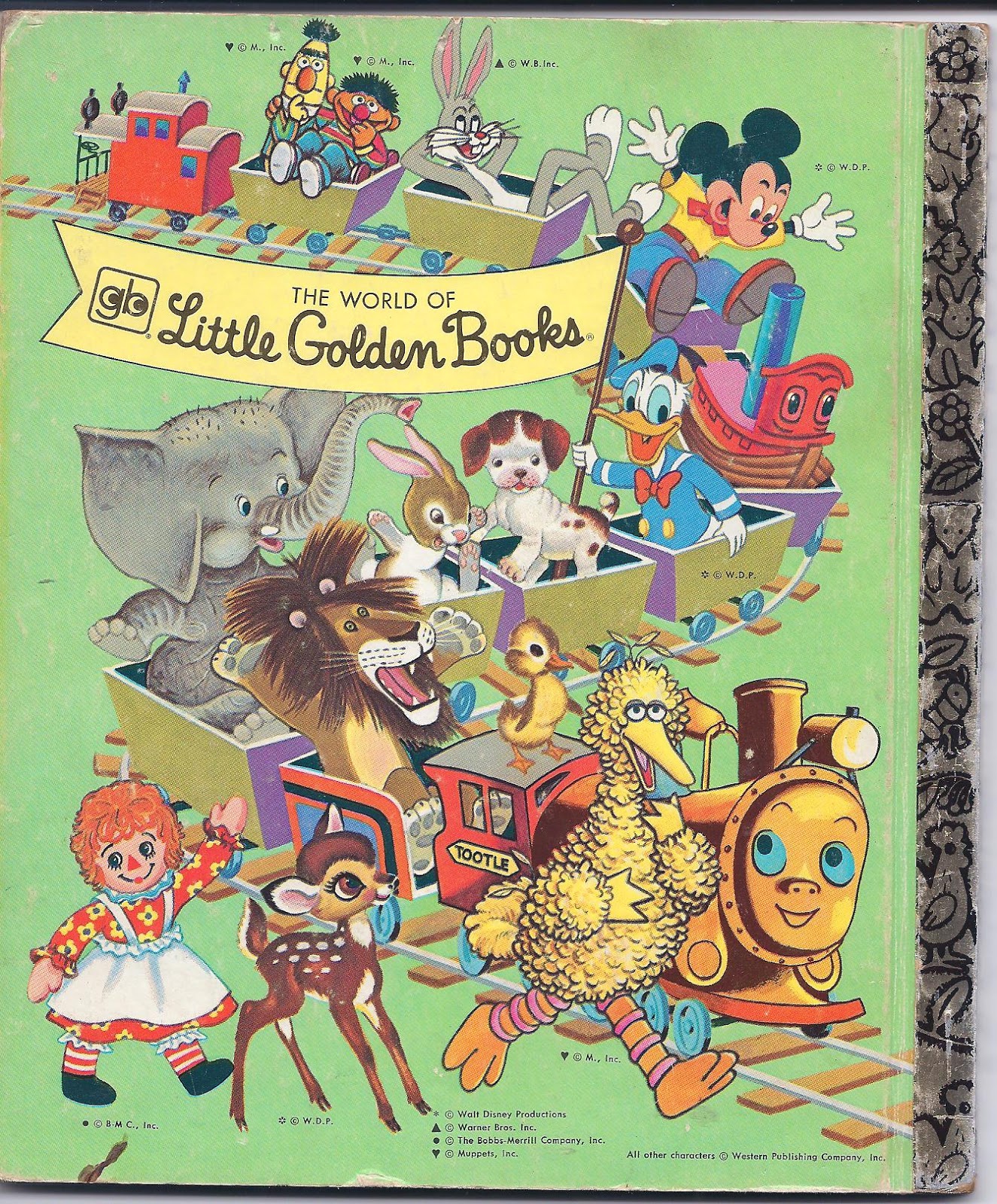
Expectations and Meet the Mormons
Early in my book publishing career, I worked for an innovative publisher of high-quality childrens picture books. One day, in conversation with my boss, the publisher, I criticized the Little Golden Books, a long-running line of cheaply produced picture books with very simple (and, I thought then, not very notable) stories. To my surprise, my…
-
For the Beauty of the Earth
The latest move by the Church on the environmental front is the production of a beautiful, 94 second spot on the Mormon Channel.
-
MR: Samurai Jesus: A Review of Takashi Miike’s “Hara-Kiri: Death of a Samurai”
The Mormon Review vol. 5 no. 1 is presented here, with Jonathon Penny’s review of Takashi Miike’s 2011 film Hara-Kiri: Death of a Samurai. By Jonathon Penny Open on a gaunt, intelligent looking man—Tsukumo Hanshiro—seeking the indulgence of a retinue of samurai at the palace of a feudal lord. He claims to be a ronin, a…
-
MR: Exquisitely Loud and Indelibly Close
The Mormon Review vol. 4 no. 1 is presented here, with Jonathon Penny’s review of Stephen Daldry’s 2012 film Extremely Loud and Incredibly Close. By Jonathon Penny I’m late with this, as with so much in my dog-eared, half-buttoned, last minute, Subway-sandwiched, twenty-first century life. I wrote the other day, on reflection about the harried…
-
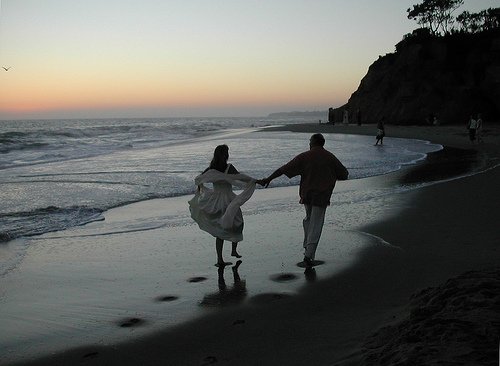
Mormon filmmaker explores sex and singleness at Duck Beach
The topic of sex and the Mormon single is a perennial favorite in the bloggernacle, and recently it has drawn national attention as well. No treatment of the topic would be complete without a look at the Duck Beach phenomenon, an informal annual gathering of east coast LDS singles in North Carolina that is equal…
-
BYU Man Whose Grades Your Grades Could Be Like
This promotional video from BYU’s Harold Lee Library is so well done it deserves it’s own post at Times & Seasons. That’s how good it is.
-

A Mormon Image: Joseph’s Birthplace Memorial At Dusk
“I was born in the year of our Lord one thousand eight hundred and five, on the twenty-third day of December, in the town of Sharon, Windsor county, State of Vermont.” Joseph Smith History 1:3 By Gary Boatright Jr. ___ This picture is part of our ongoing series highlighting Mormon images. Comments to the post…
-
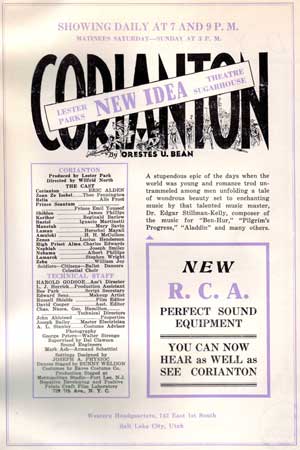
Corianton – An Unholy Review
Short review of Corianton: By today’s standards, it wasn’t a very good movie. But by 1931 standards? Well, it wasn’t a very good movie.
